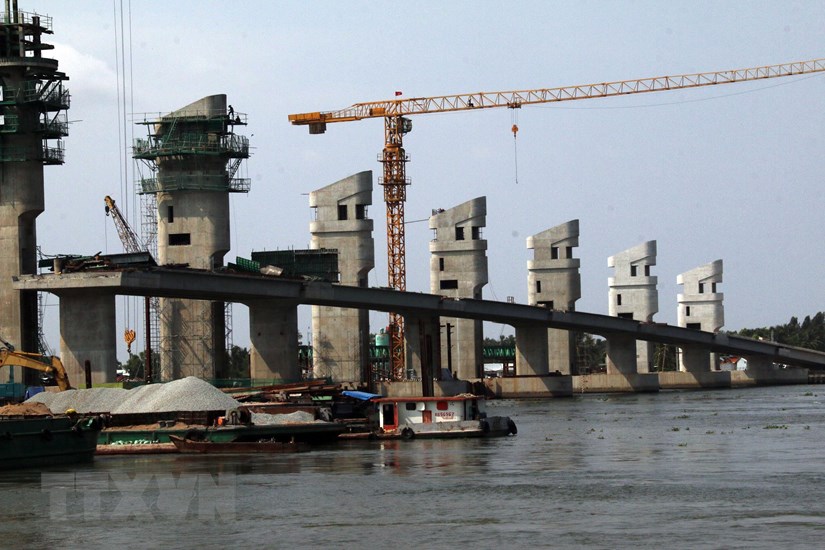HCMC – Mekong Delta provinces are gearing up for irrigation plans in anticipation of an early onset of saltwater intrusion during the upcoming winter-spring rice season.
With the rainy season expected to conclude in mid-November and its peak occurring between September and October, experts predicted that the dry season and saltwater intrusion in the Mekong Delta will begin in mid-December, a month earlier than usual.
Tran Ba Hoang, director of the Southern Institute of Water Resources Research, has warned that the 2023 precipitation levels may reach 1,350 millimeters, representing a mere 1% increase compared to the drought year of 2015 and about 87% of the annual average.
He expressed concerns about the possibility of freshwater shortages in the 38,000-hectare rice-shrimp farming areas in Kien Giang and Ca Mau provinces.
Additionally, a 66,000-hectare region encompassing Long An, Tien Giang, Ben Tre, Tra Vinh, and Soc Trang provinces is expected to face a similar situation.
Water levels in the lower Mekong River in November may fall 10-20% compared to the average recorded in recent years for the same period.
During the upcoming spring-winter season, Mekong Delta farmers plan to cultivate rice in nearly 1.5 million hectares.
The Southern Institute of Water Resources Research has noted that El Nino could persist until early next year, affecting areas located 30-70 kilometers from the coastline.
Hoang has recommended that Mekong Delta provinces ensure a steady supply of freshwater throughout the dry season, particularly for agricultural production in the region.









